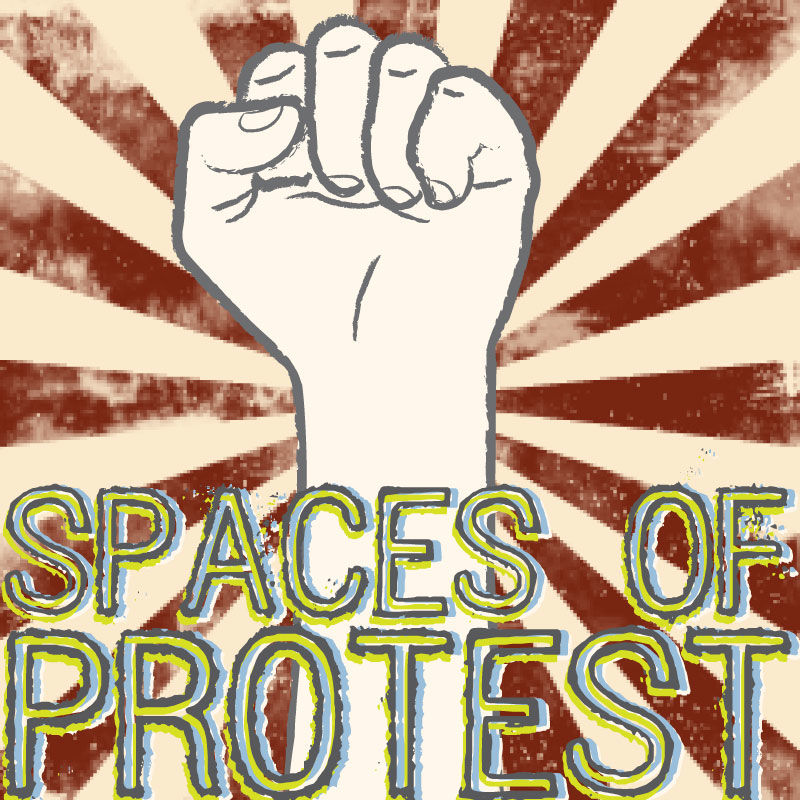Recent protests in New York and Cairo have raised a series of interesting questions about the role of public space in cities today.
Who controls public space? Zuccotti Park, the site of Occupy Wall Street, is privately owned by developers. Since it is not a public park, there is no law that requires protesters to evacuate at night. The space itself is corporatized, a symbol of the very forces being resisted.
What activities are acceptable in public space? City officials would prefer that citizens use parks as temporary stops between working and shopping, but when protestors stay overnight, the notion of “public” is tested. Occupation of public space is a powerful act of civil disobedience which makes it difficult to ignore the marginalized.
Is public space neutral? We have seen peaceful oases within the urban fabric transformed into sites of violent conflict, like the Tahrir Square protests which eventually toppled a government. As designers, we must remember that public space is far from neutral. It has the capacity for calm, but also radical disruption.
How do social networks interact with public space? Digital social platforms are a significant catalyst and organizational tool, but protesters also need a focal point for their collective movement. Protestors can rapidly increase in number, swelling a public space from hundreds to thousands when harnessing the capacity of social networks, but there always needs to be a centralized public site.

